Given the administrative restrictions imposed by the Treaty of Versailles, much of this rearmament was done in secret.
Along the way, people like Heinz Guderian rewrote the book on military doctrine.
The First World War was one massive, gory ordeal.
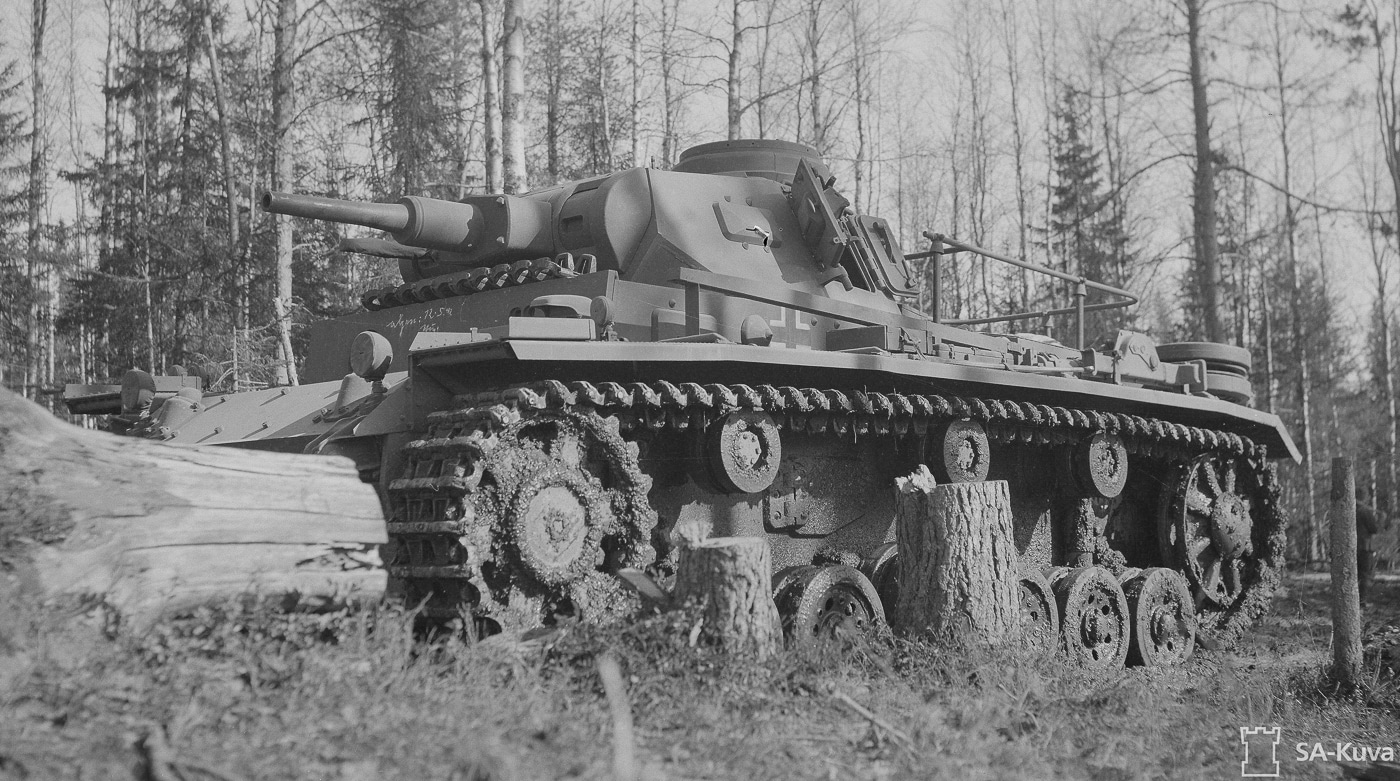
In World War II, mobility was a key factor in winning battles. The Panzer III was designed to hunt enemy tanks and did so from France to the Soviet Union. Image: Sa-kuva
By contrast, World War II was, in general, a war of mobility.
The single weapon system that best facilitated that mobility on the battlefield was the tank.
The originals were massive, slow-moving monsters pioneered by theBritish Mark Iduring the Great War.
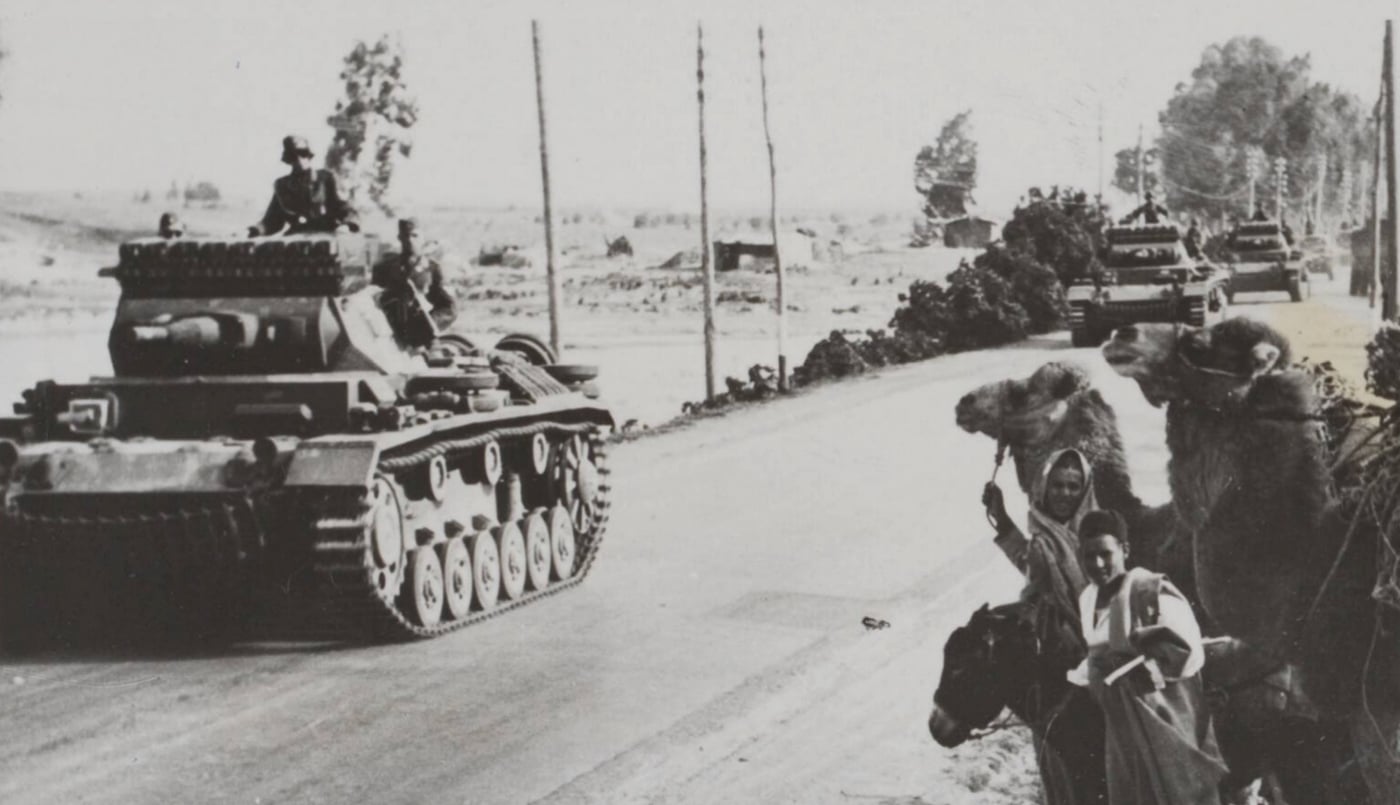
Panzer III tanks of Germany’s Afrika Korps roll past civilians in Libya. Image: National Archives Netherlands
The Germans led the way.
The Germans developed two different armored vehicle types in tandem to address two disparate battlefield roles.
The Panzer IV was an infantry support tank.

An early Panzer III tank is seen advancing resolutely through a snowy landscape in 1942. Image: Sa-kuva
This meant a relatively large-bore gun that fired effective high explosive rounds.
By contrast, the smaller Panzer III was designed specifically to kill other tanks.
The official designation was theSonderkraftfahrzeug(abbreviatedSd.Kfz.for special purpose vehicle) 141.
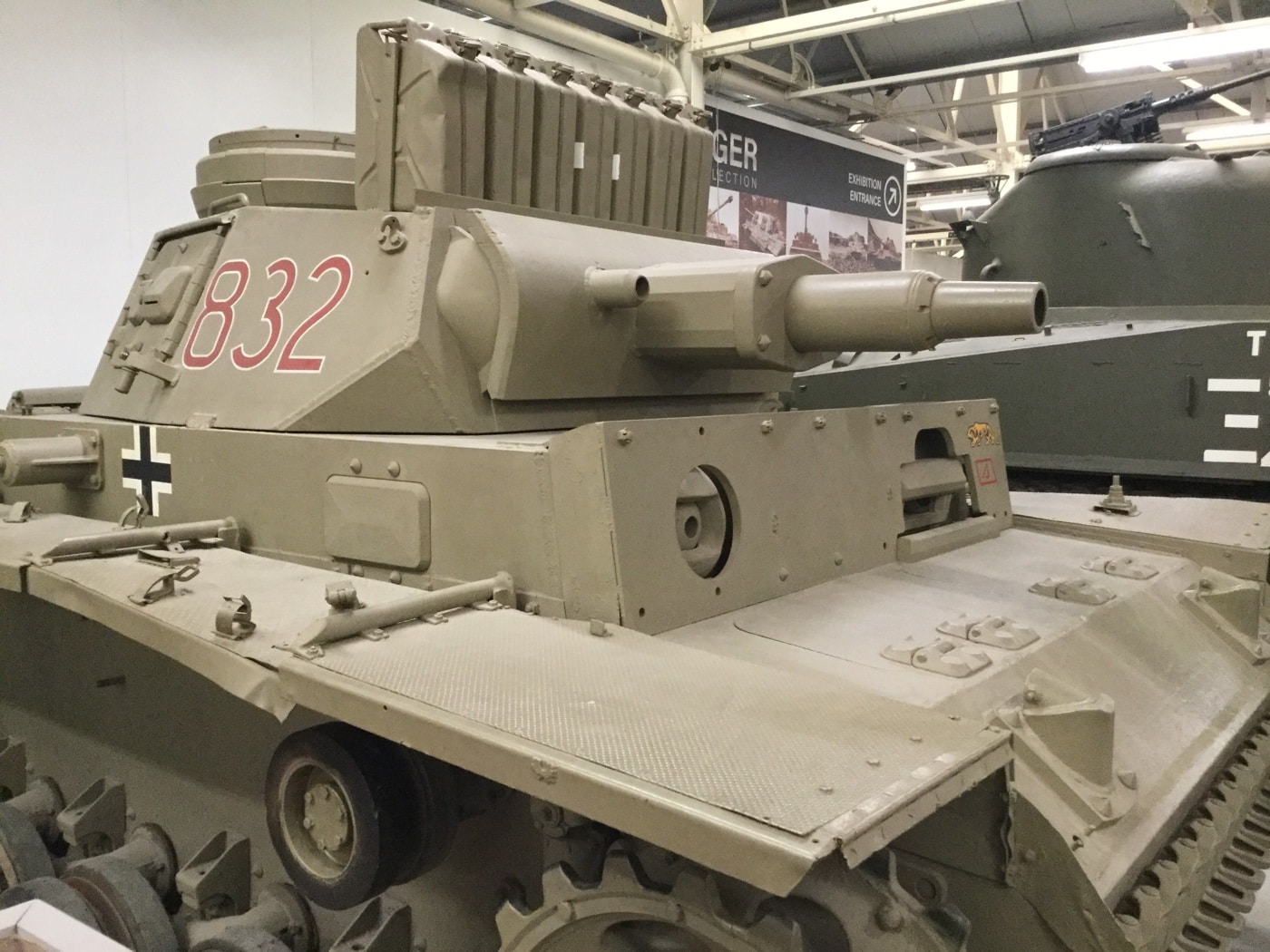
This early Panzer III medium tank sports a short-barreled 50mm gun. It’s on display at The Tank Museum in England. Image: Author
The troops knew it as the Panzerkampfwagen III (Pz.Kpfw.
The world came to know it as the Panzer III.
The Panzer III was designed to be fast, agile, and mean.
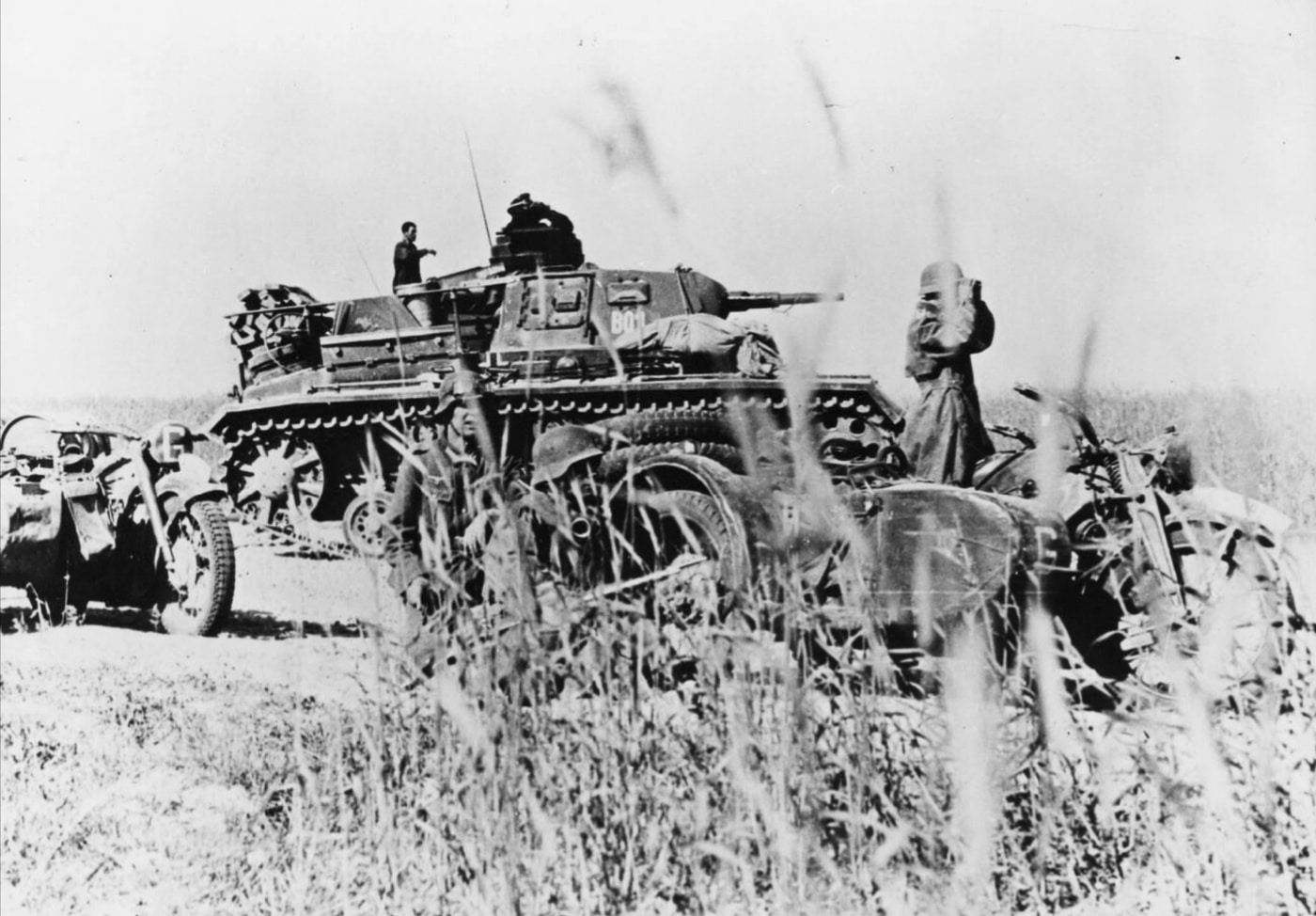
A Panzer III command tank and motorcycles of General Guderian’s 2nd Panzer Group. It was part of Army Group Centre during Operation Barbarossa in the summer of 1941. Image: IWM
By modern standards, the Panzer III was a tiny tank.
The main gun on the earliest versions was the diminutive 3.7 cm KwK 36.
Technology caught up with and overwhelmed that gun in short order.
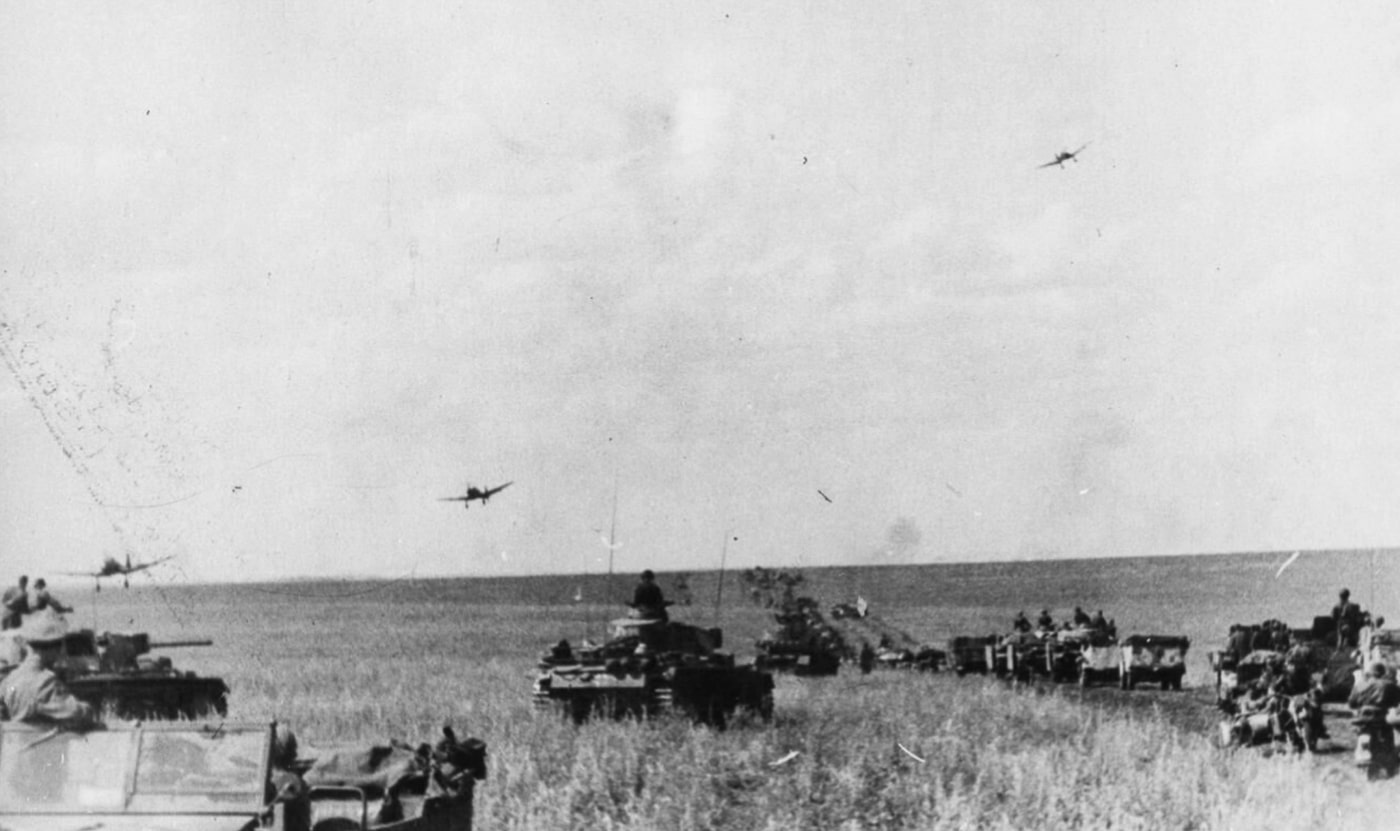
Junkers Ju 87 Stuka dive bombersreturning to their forward base fly over an advancing German column of Panzer III tanks and support vehicles during the Battle of Kursk. Image: IWM
Later versions packed 5cm cannon in both long- and short-barreled versions.
A 12-cylinder Maybach HL120 petrol engine gave the Panzer III plenty of power.
Max road speed was 25 mph, while it could do about half that cross-country.
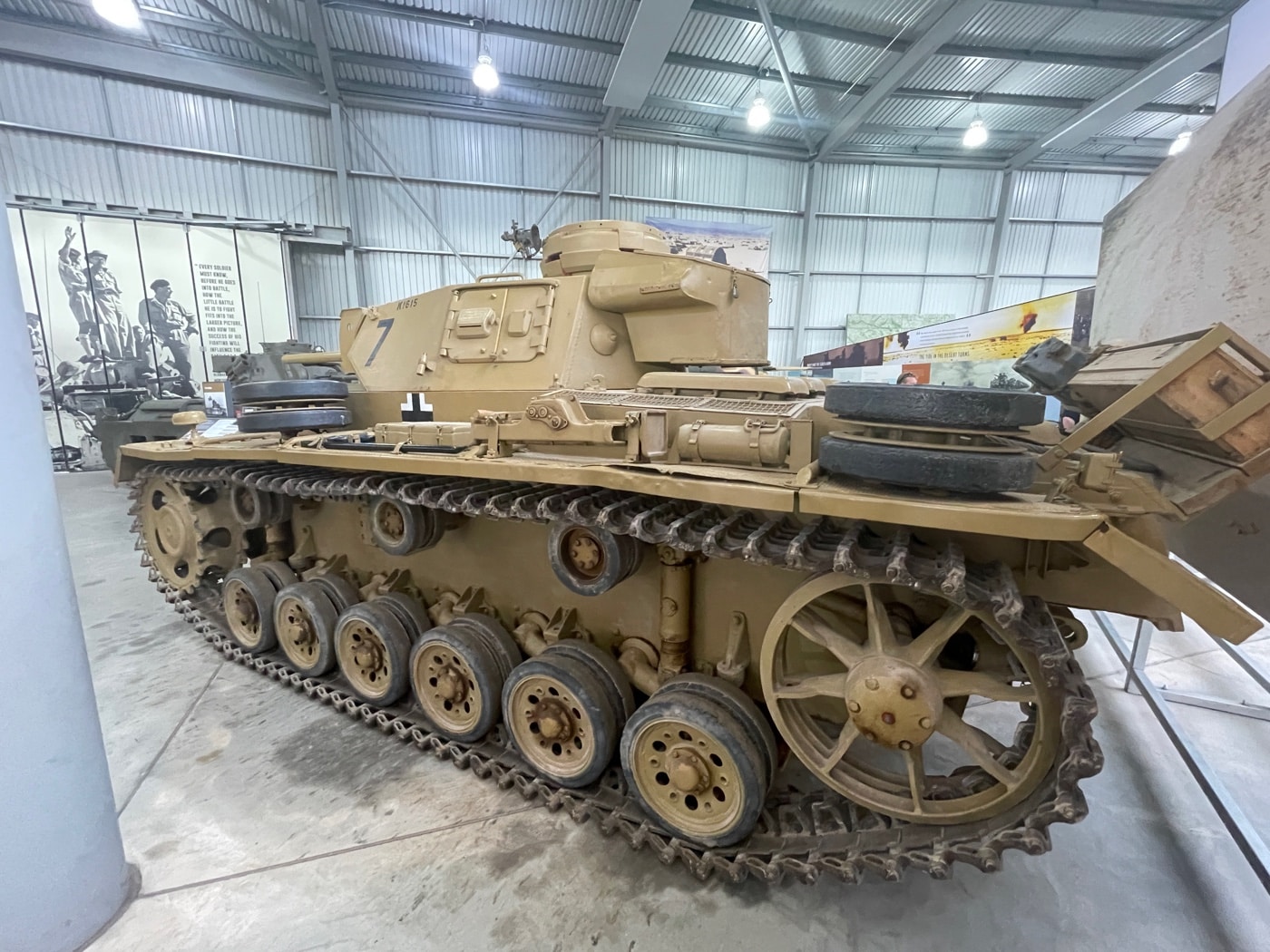
The torsion bar suspension offered the Panzer III tank a fairly smooth cross-country ride. Image: Author
For starters, the Panzer III had a crew of five.
There was a driver and bow gunner up front.
However, the three-man turret remains the standard among Western tanks all the way to the present day.
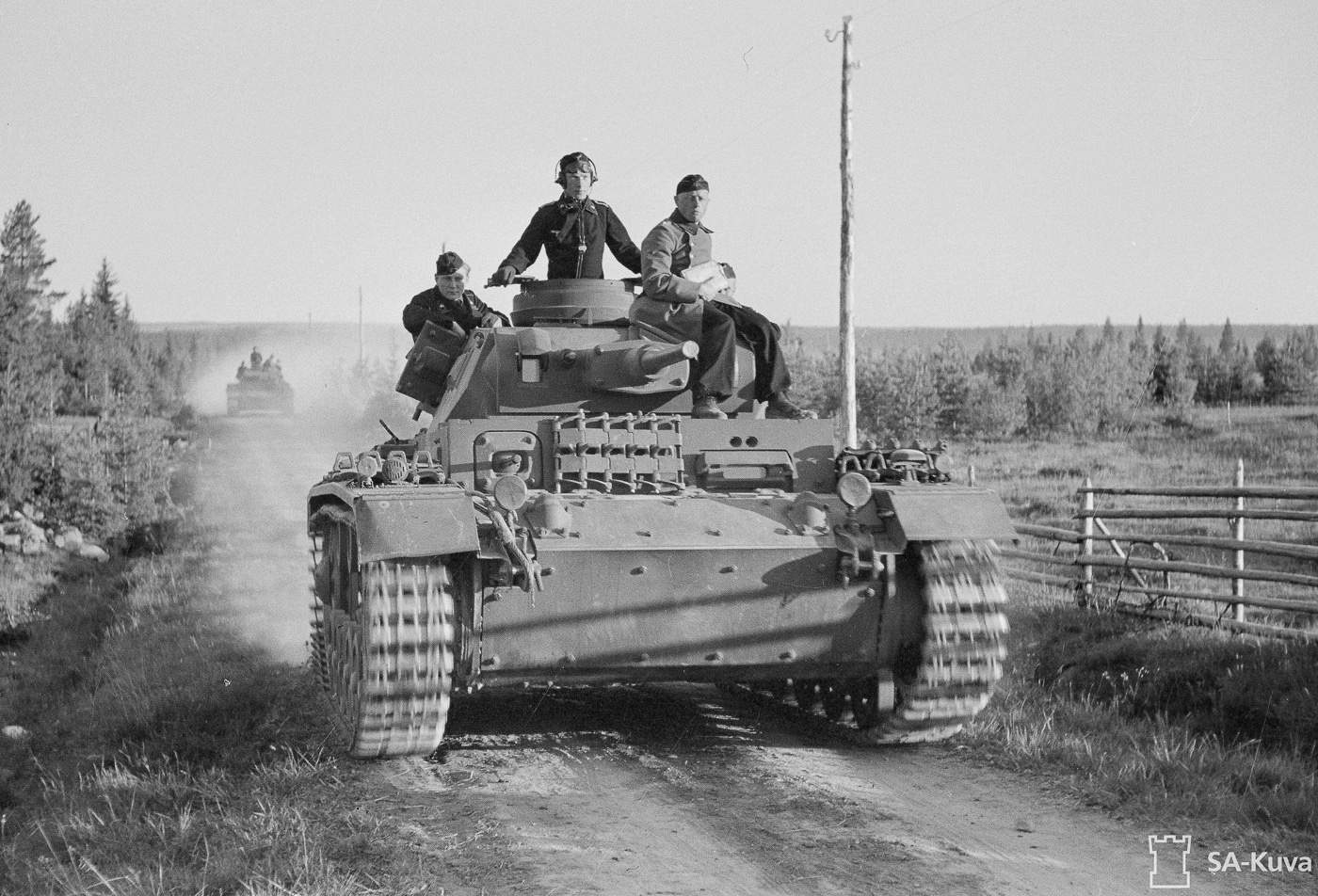
Panzer III tanks head toward the front line during the Continuation War. Beginning in 1941, Finland invaded the Soviet Union to regain territory the Soviets seized during the earlier Winter War. Image: Sa-kuva
When mated with an advanced torsion bar suspension, the end result was a fast, stable gun platform.
The Panzer III and IV subsequently formed the backbone of blitzkrieg.
Guderians Lightning War changed warfare forever.
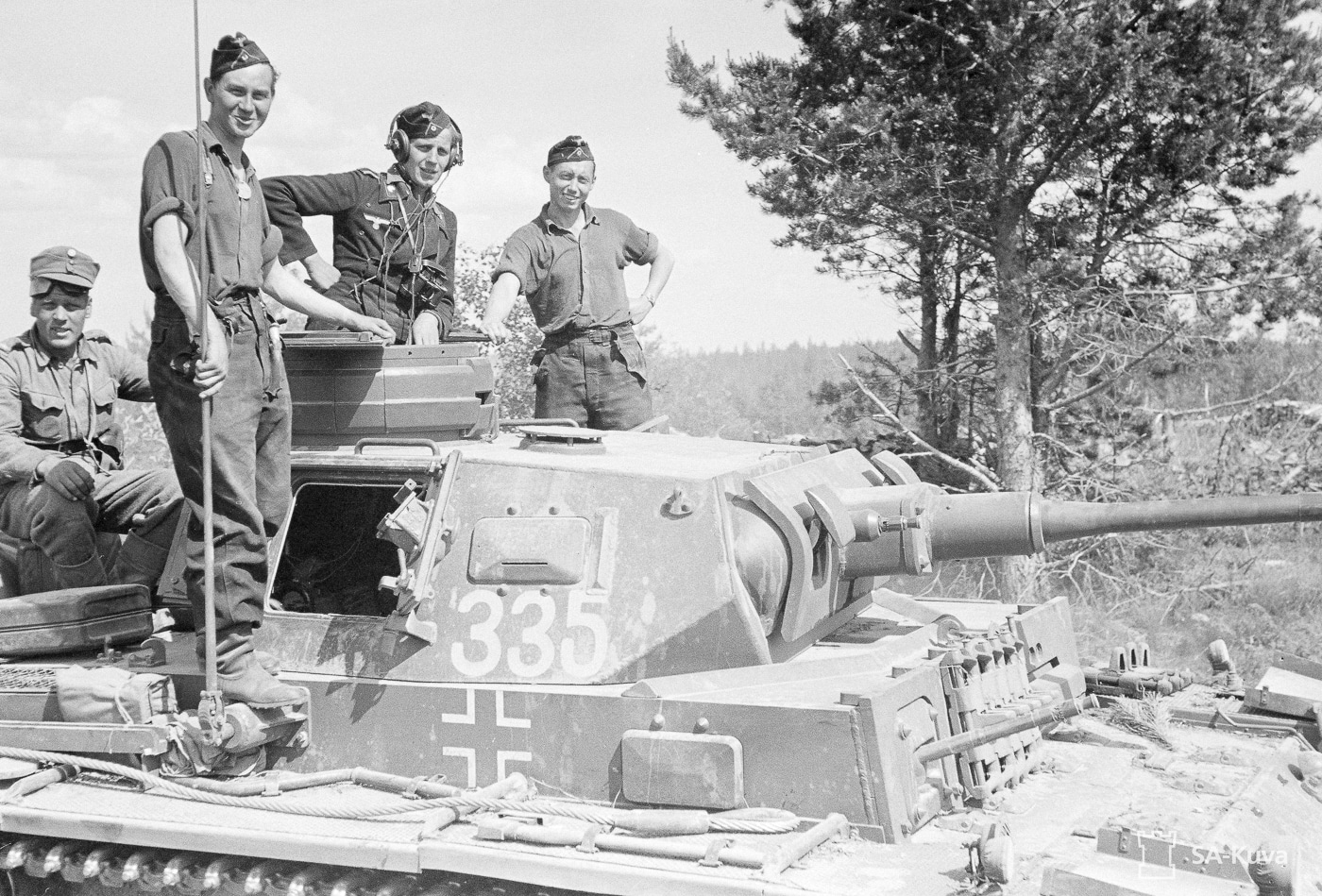
A Panzer III tank crew pauses for a break after advancing through the villages of Viena-Karelian. The “335” on the tank indicates that it is the 5th tank of the 3rd company’s 3rd platoon. Image: Sa-kuva
The major combatants experimented with a variety of options to include leaf springs and cylindrical volute systems.
This system eventually saw widespread use throughout its family of vehicles.
That three-man turret was revolutionary for its day.
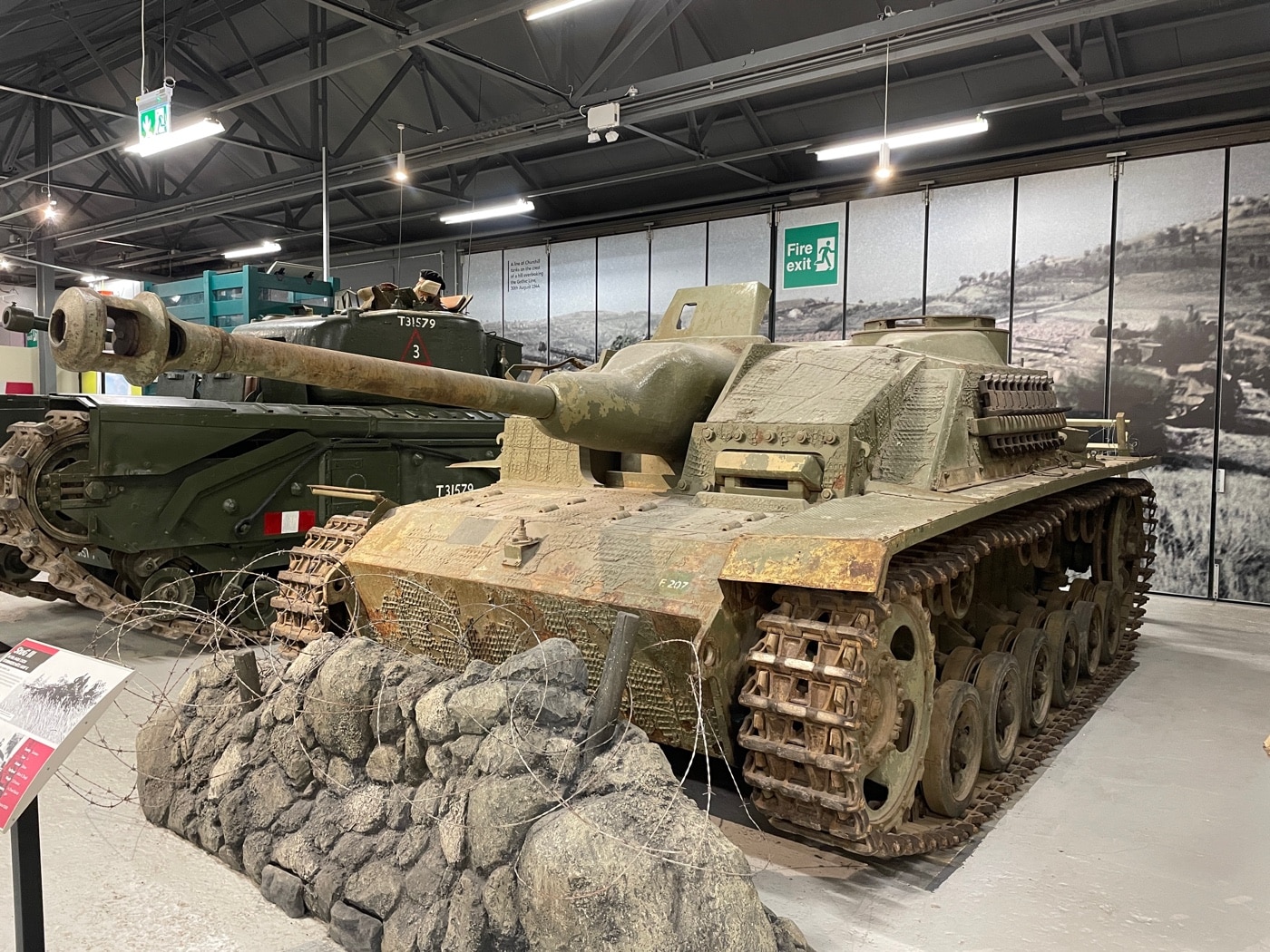
The Panzer III chassis formed the basis for the StuG III assault gun. This example is on display in The Tank Museum in England. Image: Author
One thing that everybody was slow to pick up on was the necessity of a turret basket.
Starting with the Panzer IV, modern tanks included a rotating floor that turned with the turret.
That way the crew could concentrate on fighting rather than getting their legs torn off.
Later versions of the Panzer III sported face-hardened steel armor of between 30 and 50mm in thickness.
While fairly pathetic by modern standards, this was indeed formidable for its era.
The Panzer IIIs welded plate construction streamlined the manufacturing process.
Armored Vanguard
The total production run was 5,774 vehicles.
The compact vehicles mobility and reliability made it effective for its day.
The Panzer III remained in service throughout the campaigns in Anzio and Normandy.
They were used in a reserve role in Norway all the way through the end of the war.
However, Matildas, M3 Lees and M4 Shermans left the Panzer III badly outclassed.
Against the relatively primitiveRussian T-26, the Panzer III was a force with which to be reckoned.
Once the Russians began deploying T-34s in quantity, however, the Panzer III soon lost its luster.
While raw numbers certainly tell a story, the real discriminator both then and now is crew quality.
Particularly early in the war, German Panzer crews were well-trained, self-confident and aggressive.
However, as the war ground on, Allied crews got better, while the Panzerwaffe got slaughtered.
Eventually, the Allies simply ground the Wehrmacht and Waffen-SS armored units into the dirt.
Traversing the gun on the StuG III more than just a little bit involved pivoting the entire vehicle.
Conclusion
The Panzer III was a stepping stone to bigger, better things to come.
Fast, agile and reliable, the Sd.Kfz.
141 helped the Germans overrun Europe in 1939 and 1940.




